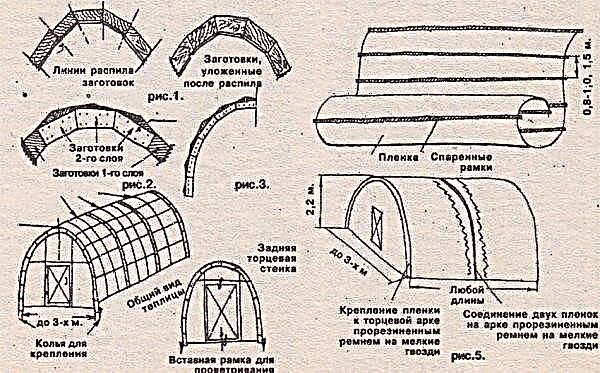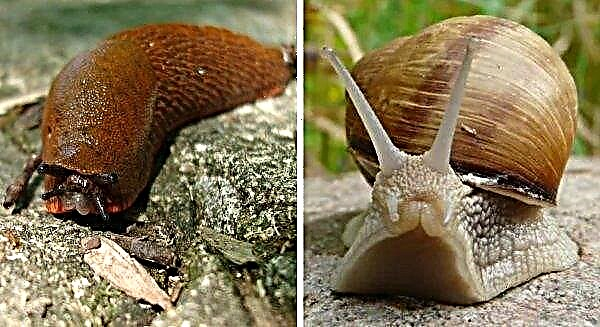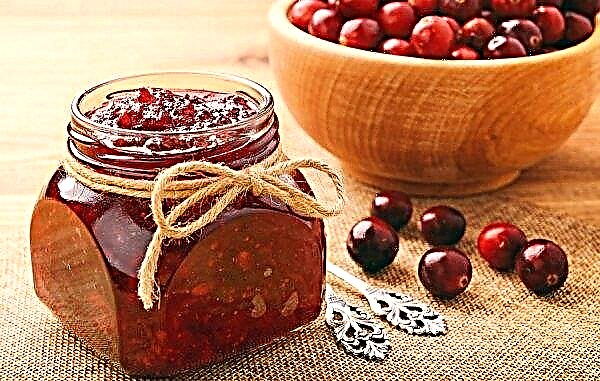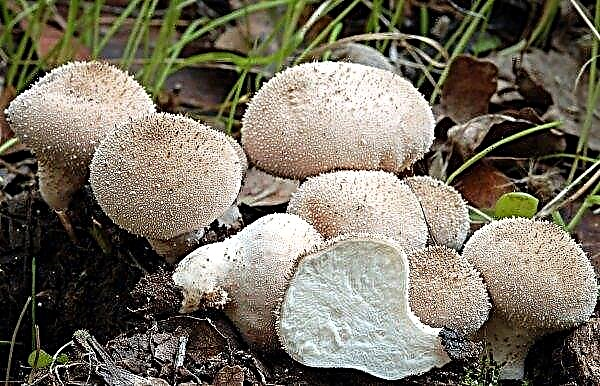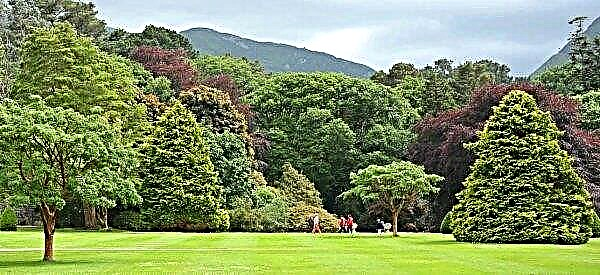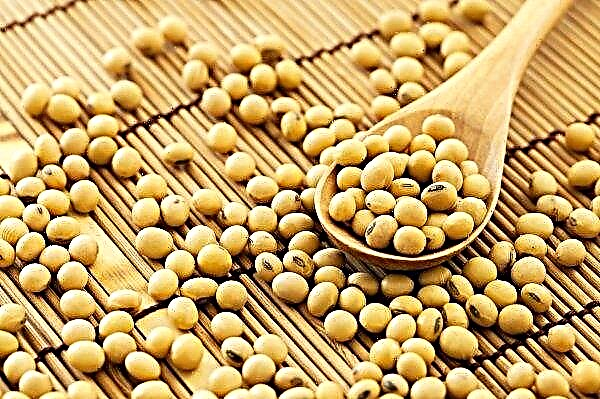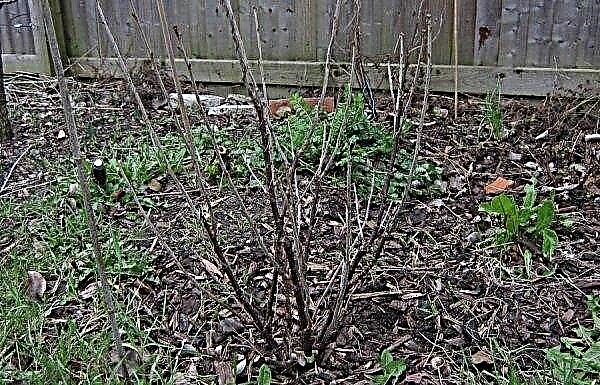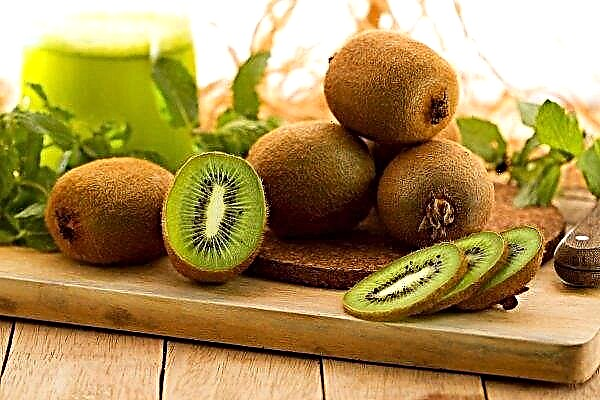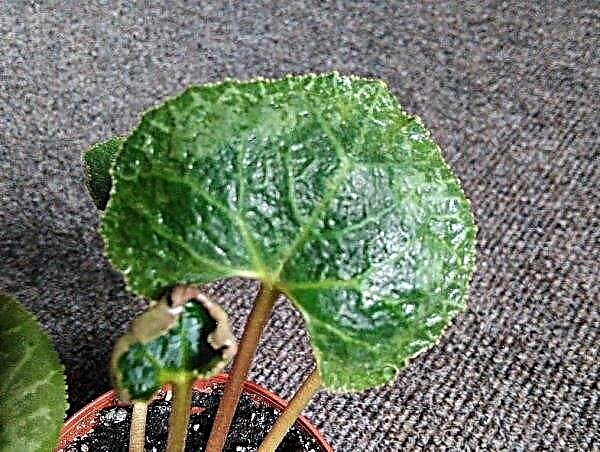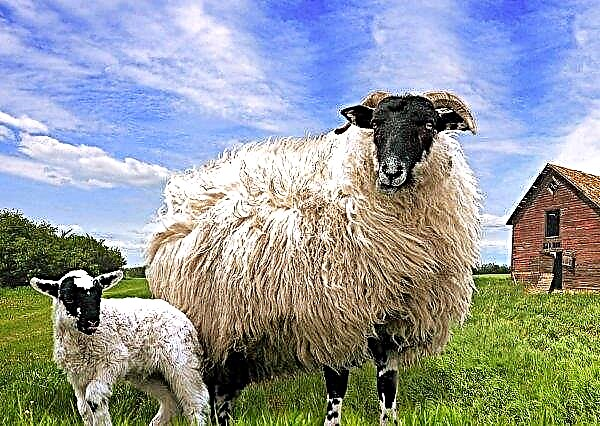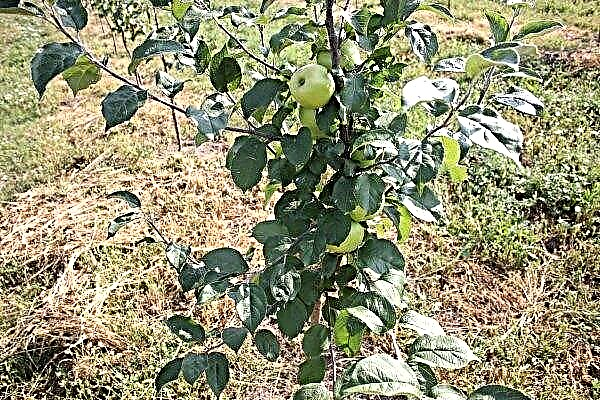Growing pepper culture in greenhouse conditions is of interest to many gardeners and summer residents. But in order to be able to grow healthy peppers and collect good crops from them, you must follow certain rules of agricultural technology and, of course, love the business you are doing. From this article you will receive basic recommendations on how to properly grow and water pepper. They will help you achieve a result that you definitely will not disappoint.
Features of growing pepper in a greenhouse
All the main secrets of growing pepper in a greenhouse are summarized in the following list:
- The first and one of the fundamental conditions will be the supply of the greenhouse with sufficient volume of light and heat to produce a rich crop. For this, seedlings are planted in a greenhouse covered with a film. As a result, the entire root system will be protected from sudden changes in temperature. The film coating is removed only at the end of June, when a sufficiently high and stable temperature is established.
- Second important aspect consists in eliminating unnecessary shoots on the bushes. The optimal number of shoots does not exceed three or four.
- With the advent of the fruit, the lower leaves on the stem are removed, this is done in order to protect the bushes from the appearance and development of lesions with gray rot.
- Twice during the month the leaves are cutbut only in the place where the fruits were already harvested. This action is necessary to ensure the passage of sufficient air and heat to other vegetables that are in the ripening stage.
- Every month, bushes should be fed with diluted humic concentrates., which contain all the nutritional macro- and microelements necessary to ensure the full growth, development and fruiting of the plant.
- Once the fruit has reached full ripening, it is recommended to remove the vegetable from the garden. This must be done with scissors or a knife, but not twisting the stalk itself to avoid unwanted injuries and damage.
- The greenhouse must be ventilated, preventing the temperature from rising above + 28 ° C and humidity above 80%. In addition, when airing, bees can penetrate the greenhouse, which will contribute to an increase in yield, as a result of cross-pollination by these insects.
- Before planting in the soil antibacterial drugs such as sulfur, ash or tobacco powder are administered. You should also regularly spray the beds with special antifungal solutions to prevent the appearance of putrefactive and mold lesions.
- And finally, the last secret is that You can not plant pepper next to other crops. For pepper, a separate greenhouse should be allocated.
Important! Pepper is one of the few crops that produce self-pollination, and is also able to change its variety as a result of third-party pollination by other species. Therefore, in the same greenhouse, it is recommended to plant peppers of the same variety.
What kind of water can I use?
Regarding the issue of water use, in this case, river, fresh water or water from a well / well is used. It is important that this water does not have high salinity, which is often found in wells and wells, and therefore you need to focus on the specific source available.
If we talk about industrial greenhouses, it is recommended to install additional filtration equipment here to prevent the ingress of heavy metals, chlorinating elements and other impurities that are dissolved in urban water utilities. In domestic conditions, filters can not be used if there is an autonomous source.
It is also a good option to set up large containers of water for sedimentation, and then spend the settled liquid, in which all impurities will precipitate and not harm the plants. If at night in your area there is not a sufficiently high air temperature, then for the purpose of irrigation inside the greenhouse it is recommended to use warm water. It can be poured into barrels in the morning, then throughout the day it will be heated there under the influence of heat from sunlight, and after that, you can use it as watering.
You can use both rainwater and collected from a centralized system. Also pay attention to the need to regulate the humidity level inside the greenhouse, for this, ventilate the polycarbonate shelter twice a day.
How many times and how often to water
Watering activities are carried out twice a day: at dawn and at sunset. Especially it is necessary to adhere to such a regime in the arid and hot season. In the daytime, even in a greenhouse, you should not water peppers, as this will significantly increase humidity by evaporation, up to 100%, which can lead to the development of unwanted diseases and death of plants.
It is recommended to maintain a similar regime of two-time irrigation during the period from late May to early September. Before and after this time, only morning watering can be carried out, since there can still be cold at night, and the presence of moisture in the greenhouse will enhance the effect of low temperatures.Did you know? Significantly reduce the likelihood of the emergence and development of cancer in smokers (both active and passive) can regular eating foods containing bell pepper. Thanks to carcinogens in cigarette smoke, the level of vitamin A in the body is gradually reduced, which leads to its deficiency. It is pepper that is rich in the content of this microelement, and therefore is able to perfectly compensate for this drawback.
Watering Methods
One of the priorities for successfully growing pepper in a greenhouse is to organize the right moisture balance, as well as an indicator of air temperature and soil mineralization. In the case of humidity, the ideal value is 70%, but when it comes to fruit ripening, the moisture content is increased to 80%. Consider the basic methods of watering.
Manual
Manual irrigation is only suitable for small areas used in the household. When it comes to large greenhouses, then the manual method is ineffective and not applicable. In the spring, seedlings should be watered only in the morning, in order to avoid freezing at night.
In June-July, watering is carried out in the morning and in the evening, pouring at least 1 liter of water under each bush. In August and September, the regime is regulated depending on the weather and air temperature. You can continue to water twice until the onset of November.
Auto
As an optimal and economical option for automatic watering, it is recommended to use the drip method. Drip irrigation consists of a set of interconnected tubes with small holes that are located in the lower part, near the stems of the plants.  Water supply is regulated by automated sensors. Such a computerized system controls the duration and timing of irrigation. Installing such a system is a fairly simple event.
Water supply is regulated by automated sensors. Such a computerized system controls the duration and timing of irrigation. Installing such a system is a fairly simple event.
All you need is a pump, tubes with holes with the desired pitch, as well as a sensor that can be adjusted to the optimum mode. Drop watering will save water, using it with maximum efficiency.
Important! Given the fact that in order to ensure the operability of pumping stations, electricity is needed, you should make sure that there will be no problems with its supply. If there is no such guarantee, you should install a water tank in the area of the greenhouse, or use a spare irrigation system, for example, manual.
Mechanical
The mechanical method of irrigation of the site differs from the automatic necessity of the participation of a person in it. This method uses hoses that connect to sprinklers and irrigators, from where water is sprayed in a specific area over the entire surface of the earth. This method is not economical in water consumption, but is cheaper than installing automatic irrigation systems.
Here you will open the tap yourself and supply water to the hoses, which you will also independently connect to the irrigators. The time of watering with such a system is limited to 20-30 minutes in the morning and in the evening, because unlike the drip method, much more water will pour out on the garden.
Features of watering
Both sweet and bitter peppers need a certain watering regime. This mode depends not only on weather and seasonal conditions, but also on the vegetative period of plants.
After landing
You can plant seedlings in the ground at the end of March. At this point, the soil will already be warm enough under polycarbonate, and therefore nothing will impede the development of peppers. During this period, it is not recommended to water seedlings very often.
Optimum will be the introduction of moisture 1 time in 2 days. Also, after each irrigation, the earth should be loosened. In the future, before watering again, tuck out the topsoil. If the earth is damp inside, then the culture still does not need a new portion of water.Did you know? If you cut off the first formed fruit, then this action additionally stimulates the plant to more actively grow and develop the culture, which will increase the indicators and the quality of fruiting.
During flowering
During flowering, the main thing will be to prevent water from entering the flowers, since you can wash off the pollen and ruin the whole thing. Water should be poured around the stem, but not directly to the root, so as not to expose the root system.
The rest of the irrigation rules remain unchanged: to water no more often than in the morning and in the evening, while regulating soil moisture using visual observation, as well as loosening it after drying. During the flowering period, peppers especially need a high indicator of humidity and frequency of watering, but the measure should also be observed.
During fruiting
When fruiting, the familiar Bulgarian and any other kind of pepper requires abundant watering. Fertilizing is also acceptable. Moisture application is maintained in the same proportions as during flowering.
Also carefully monitor the reaction of plants to irrigation to prevent them from withering or decay. Some gardeners recommend temporarily interrupting watering to stimulate the appearance of new flowers. How to determine the correctness and incorrectness of irrigation will be discussed a bit later in the article.
How to combine watering and fertilizing?
Top dressing can and should be applied instead of one of the irrigation once every 2–4 weeks, depending on the mineral used. Fertilizers are applied to the soil along with water, thereby eliminating the need to turn on the main irrigation.
In the spring, nitrogen fertilizers should be applied, which will help stimulate the growth and development of peppers, and in the autumn season, fertilize the soil with potash and phosphorus substrates.
Important! Do not apply nitrogen-containing fertilizers more than 1 time per month, because an excess of nitrates can not be called useful.
In order to get an abundant crop of peppers from greenhouses, in addition to irrigation, it is necessary to add a solution of potassium in water (1:10) or a similar suspension, but using chicken droppings (1:12). The consumption of this nutritional composition will be approximately 5 liters per 1 m² of plantations.
As a good material for fertilizers, wood ash is often used in a proportion of 150 g per 1 m², alternating with the introduction of previous nutrient compounds. In addition, herbal infusions, mainly nettles, are often used to fertilize the soil and protect plants from diseases.
When deciding how to feed peppers in a greenhouse, do not forget that these plants give preference only to balanced compounds, which should contain urea (about 10 g) and superphosphate (5 g) diluted in a bucket of water.
Without fail, wait for the components to completely dissolve, after which you can perform additional application in the soil, pouring 1 liter of solution for each bush. If the farm has coal and iodine (just a few drops), you can add them.
When do peppers stop watering in a greenhouse?
Peppers in greenhouse conditions during almost the entire period of vegetative development need regular watering. The only time that watering is stopped is the harvesting period.  Such a manipulation, according to some experts, leads to a new round of vegetative development and the appearance of new flowers, which in the future will give another crop.
Such a manipulation, according to some experts, leads to a new round of vegetative development and the appearance of new flowers, which in the future will give another crop.
Signs of improper watering
Some novice gardeners and summer residents are wondering about the beginning of yellowing of the deciduous cover on the pepper bushes in the greenhouse.
Such a problem may be associated primarily with:
- soil quality in the greenhouse;
- lack of mineral and nutritional components;
- violation of the watering regime.
The pepper culture is quite demanding and therefore it needs to be constantly monitored, and at the first signs of the appearance and development of an ailment, the cause should be immediately reacted and eliminated.

In addition, pepper has an increased sensitivity to improper care. It’s quite easy to waterlog it, but you can recognize such a flaw only by seeing the unwanted consequences, which may include:
- rotting of the root system at the base of the stem. After this phenomenon begins to develop, the aerial part of the pepper will cease to be stable and will easily lean sideways, bend and break, unable to withstand the green mass on damaged roots;
- yellowing of the foliage, its gradual decay and decay;
- In your garden, slugs and other parasites that will be attracted by excess moisture will become frequent uninvited guests.
Guided by the recommendations given in this article for the care and watering of peppers in a greenhouse, you will be able to organize a rational and contributing to abundant fruiting regime of applying moisture. Combining an acceptable frequency of watering and the application of various fertilizers, you will successfully cope with the mission of the gardener by growing healthy and high-yielding peppers.

